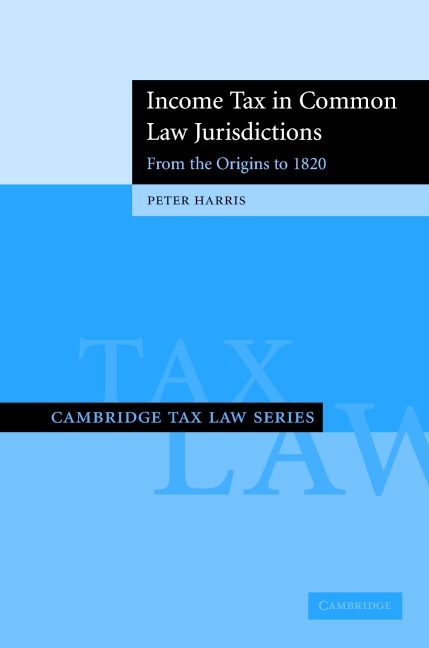The Taxation of Corporate Groups under Consolidation
The rise of corporate groups in the last century dictates a shift in the income tax law: instead of treating each company as a separate taxpayer, the tax consolidation regime is increasingly common. Antony Ting presents the first comprehensive comparative study of eight consolidation regimes in Australia, France, Italy, Japan, the Netherlands, New Zealand, Spain and the USA. In the study, he critically analyses and compares alternative policy options with respect to ten key structural elements. The study improves understanding of the design and implementation of consolidation regimes and sets the stage for the search for a model. It provides valuable information with respect to the best practices, as well as the pitfalls, in the design of a consolidation regime. The book is essential to countries contemplating the introduction of a new consolidation regime and offers important insights into the management of such a complex structure through careful policy-orientated choices.
- Comparative study of consolidation regimes provides essential information to countries contemplating the introduction or fine-tuning of a consolidation regime
- Analyses alternative policy options with respect to ten key structural elements, thereby improving the understanding of the design and implementation of consolidation regimes
- Provides important insights into how the application of the enterprise doctrine to the taxation of corporate groups can affect the complexity of a tax system and how the level of complexity can be managed to a large extent through the choices of policy options
Product details
February 2013Hardback
9781107033498
336 pages
235 × 157 × 23 mm
0.63kg
31 b/w illus. 11 tables
Available
Table of Contents
- Part I. The Enterprise Doctrine – Theory and Practice:
- 1. The rise of corporate groups: a challenge to the tax law
- 2. Application of the enterprise doctrine to group taxation: theory
- 3. Application of the enterprise doctrine to group taxation: practice
- Part II. Comparative Analysis of Key Structural Elements of Consolidation Regimes:
- 4. Policy objectives and structural elements of consolidation
- 5. Definition of a group
- 6. Treatment of losses
- 7. Treatment of assets
- 8. Treatment of intra-group shareholdings
- 9. Interactions between consolidation and other parts of the income tax system
- 10. A model consolidation regime?




